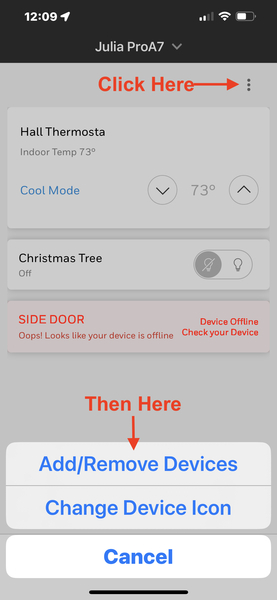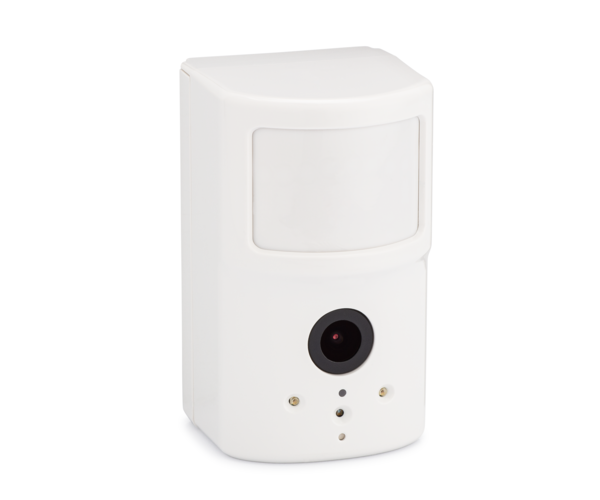Resideo Reverts Total Connect 2.0 Notification Wording
Posted By Julia RossResideo recently applied an update to the wording of Total Connect 2.0 notification messages. Where, originally they referred to the alarm system by name, they added the word "Installation" to the message. After complaints, they have returned the messages to their original wording.

These updates exclusively affected SMS, email, and SMS-to-email notifications. Consequently, if you rely solely on push notifications through your iOS® or Android® device, you might not have noticed any difference. However, for those who receive SMS, email, or SMS-to-email notifications, you may have noticed these changes in recent days.
The primary concern that most users seemed to have revolves around the term "Installation." This led to some confusion, and coupled with other modifications, such as displaying the user number instead of the user name when a system is armed and disarmed, the update garnered a negative reception. I believe there's an opportunity to combine elements from each of these formats to craft a more well-received message that users would find favorable.
It is undeniable that the updated format offers a concise, but complete message, whereas the original format, to me, seems a bit jumbled. As an alarm professional, I can parse the jumble pretty easily, but I imagine an end-user took a little time to become accustomed to this messaging format. Having acclimated, when users were provided with a somewhat improved, more complete, message they balked.
I would like to see a format similar to the example shown below. Remember that the location name provided in these notifications comes from the name you've given your system in the Locations section of the Total Connect 2.0 website. Particularly, if you have multiple locations, it's important to name each one so that it's easily distinguishable when you receive notifications. Not to mention, when you log in to control your systems or check their status.

If you need to edit the name of your system, you can easily do so by logging into Total Connect 2.0 from a browser. In the Menu list to the left, click on Locations, then click the down arrow to the right (ours is shown as an up arrow because we've already clicked on it in the screenshot below) of the current location name to expand the selection, then click on Edit and enter the name you want to use. Be sure to "Save" when you've finished.

If you're a Total Connect 2.0 user, did you notice any difference in your recent notification message format? If so, did you notice when they were switched back to the original format? Which format do you prefer? If you have a format idea that you think is better than the one we proposed above, share it with us. We'll be happy to pass it along to Resideo.

 Resideo completed the purchase of First Alert in 2022 and is now beginning to roll out products using the First Alert name. So far, we've seen the
Resideo completed the purchase of First Alert in 2022 and is now beginning to roll out products using the First Alert name. So far, we've seen the 





